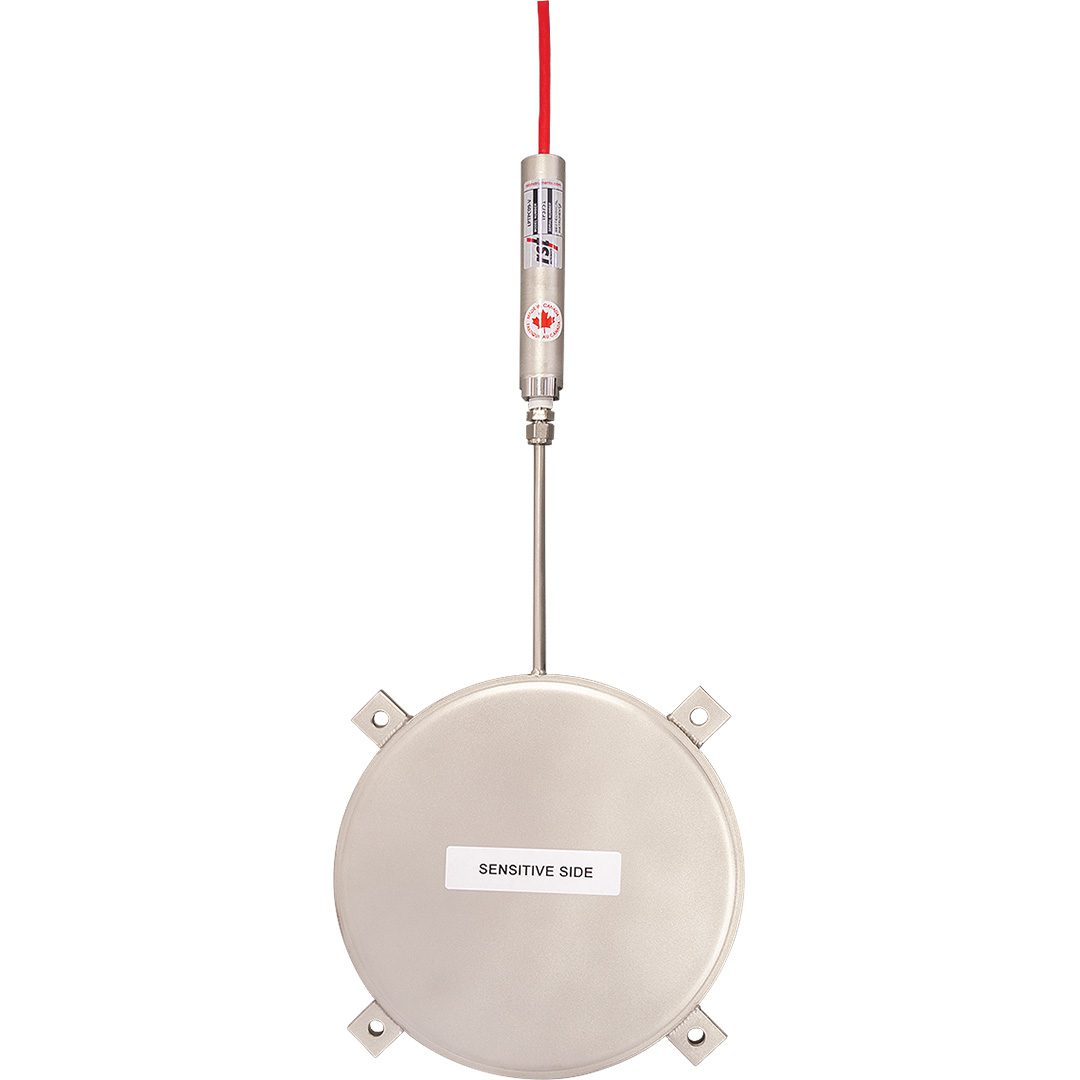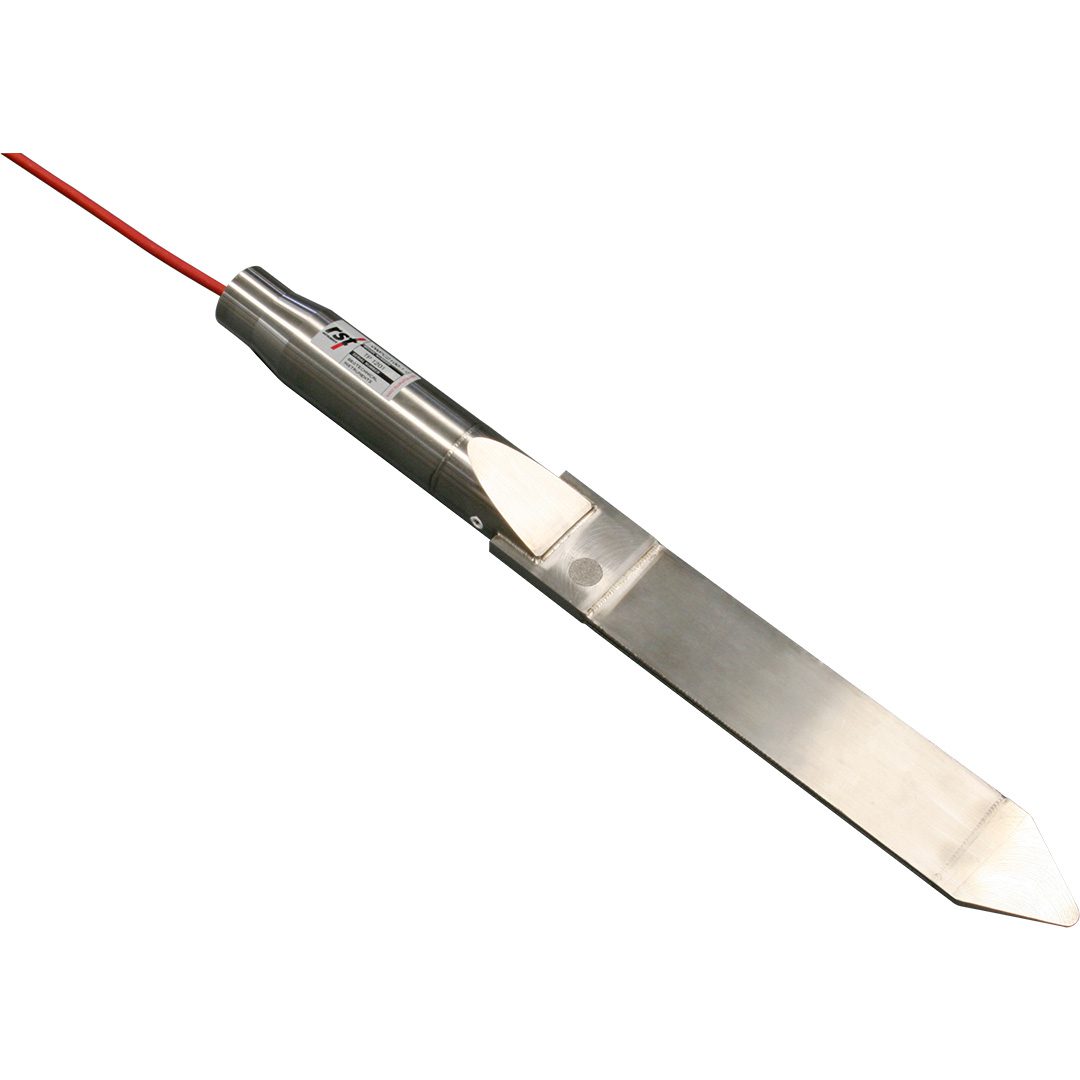Total Earth Pressure Cells

Total Earth Pressure Cells are designed to measure stress acting on plane surfaces. Total Earth Pressure Cells are constructed from two circular stainless steel plates, welded together around their periphery. The annular space between these plates is filled with de-aired glycol. The cell is connected via a stainless steel tube to a transducer forming a closed hydraulic system. The stress is then converted to a signal and may be remotely read on a variety of portable readout units or data loggers.
RST Total Earth Pressure Cells are calibrated as a complete assembly (rather than just the sensor) to capture the calibration of the complete cell for the highest quality of data.
Vibrating Wire Push-in Pressure Cell

A VW Push-In Pressure Cell, also called a Spade Cell, is designed to be pushed into the ground where it can measure total earth pressure and pore water pressure within the soil. It can be used as a site investigation tool to determine the in situ stress state, both vertical and horizontal, depending on the direction of installation. In addition, it can be used to monitor the change in active and passive pressure around retaining structures (diaphragm walls,…) as well as in tunnelling, and other earthworks. Typical installations are in fine-grained cohesive soils, including very soft to stiff clays.
